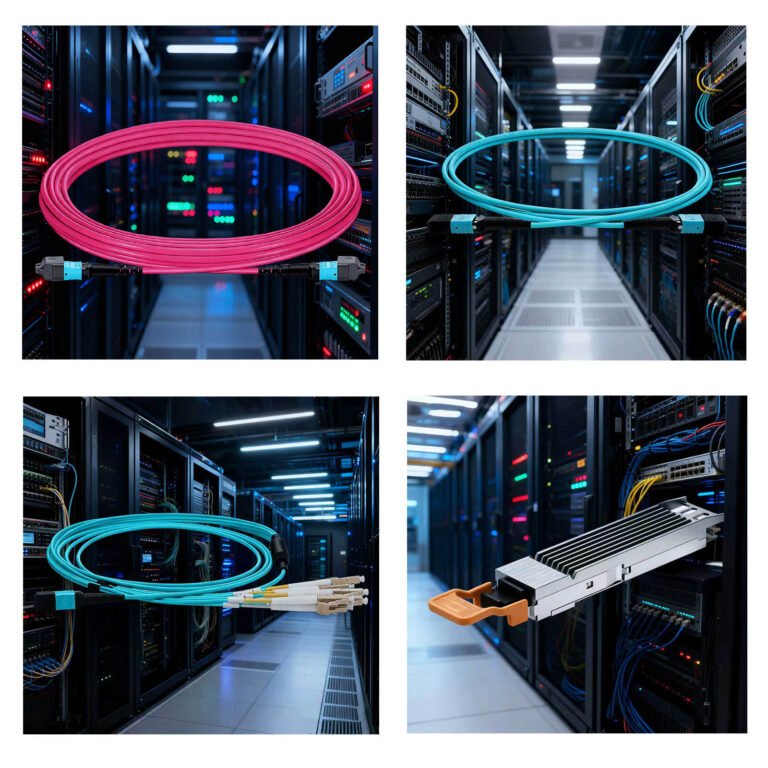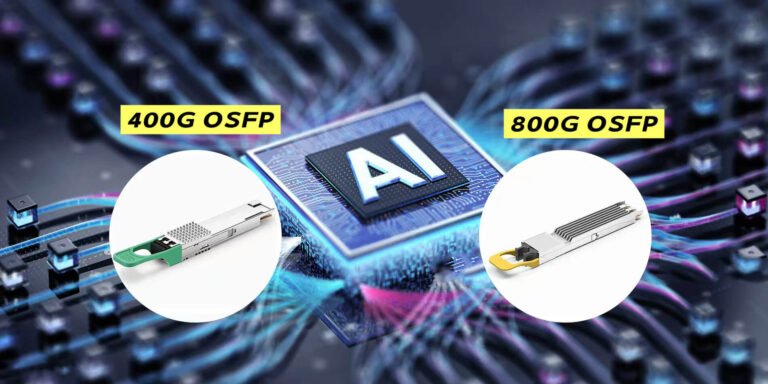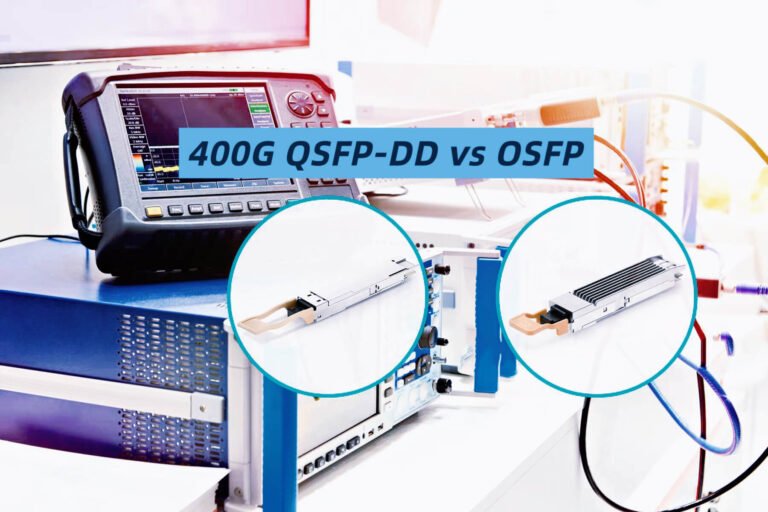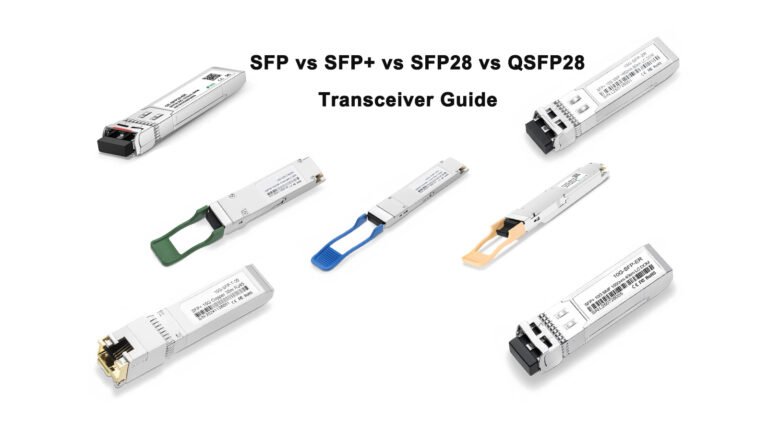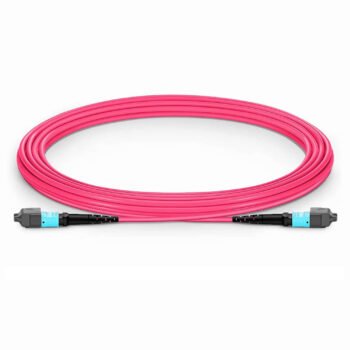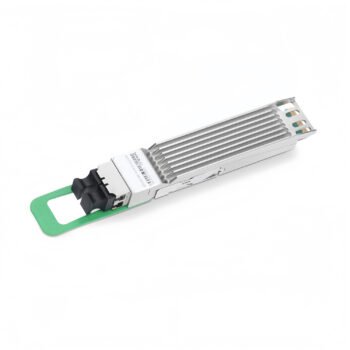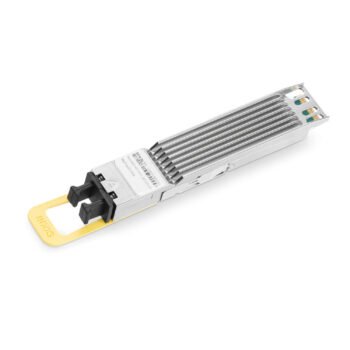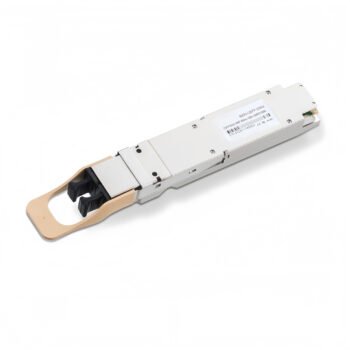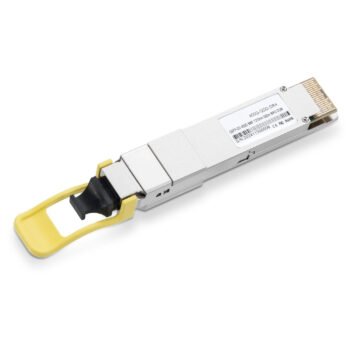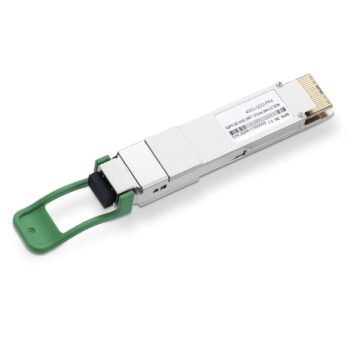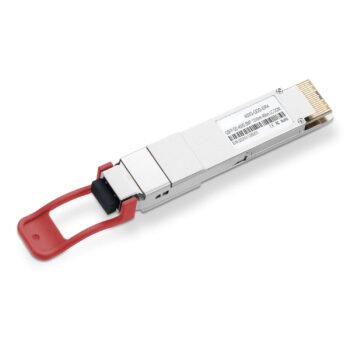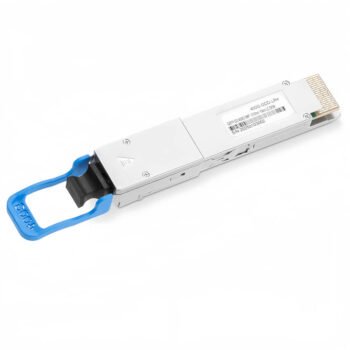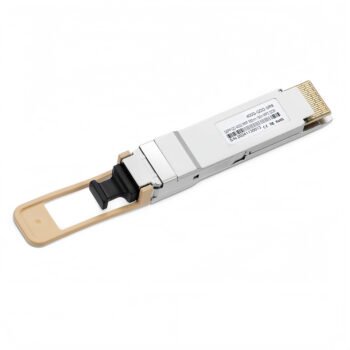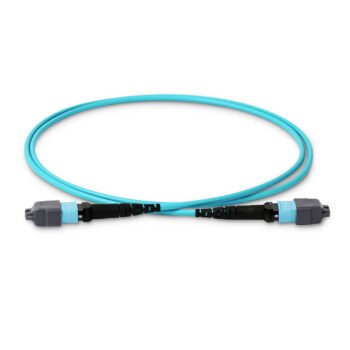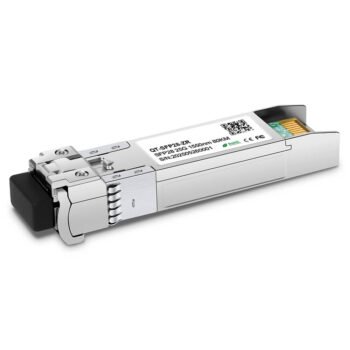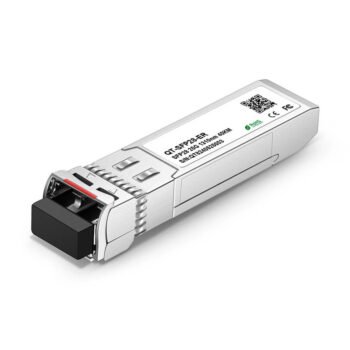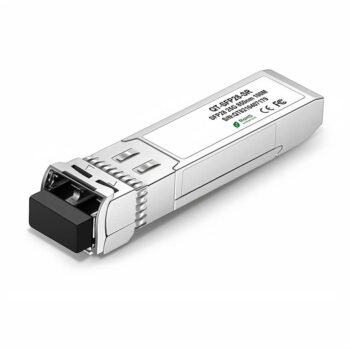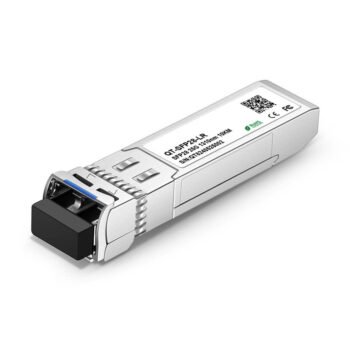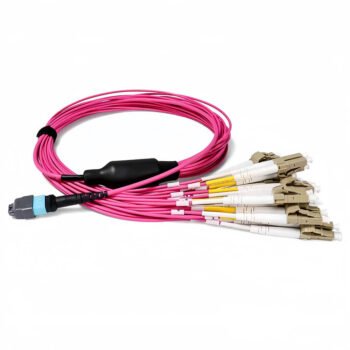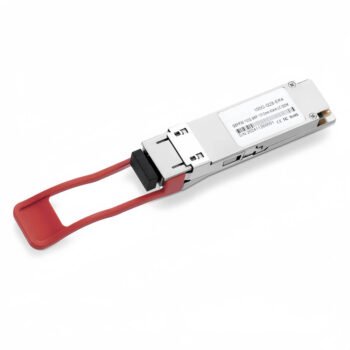ADSS Fiber Optic Cable Installation and Maintenance: What Should I Know?
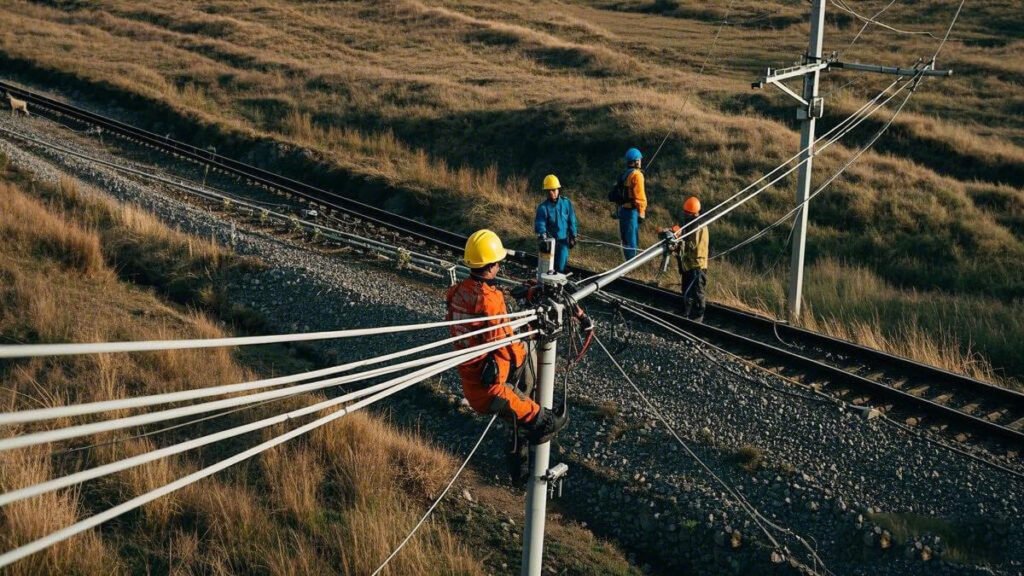
I see many engineers face confusion with overhead lines1. They worry about fiber tension and service disruptions. I want to ease that pain and show a simpler path. Let me tell you what works. Stay with me, and I will solve your doubts.
ADSS installation requires careful planning, correct tension settings, and smart hardware use. Maintenance includes routine inspections, cleaning, and load checks. These steps help prevent breaks and signal loss. Many engineers trust these methods to ensure stable performance over long spans without metallic support.
I remember my own first ADSS project at Bright Power Co., Ltd, where I struggled with figuring out the cable’s right tension. I was new. I felt stressed. Yet, after many hours of reading specs and testing solutions, I found clear steps that worked. In this post, I want to share those tips. Let’s explore, learn together, and see why ADSS cables keep gaining traction for telecom projects worldwide.
How to Install ADSS Fiber Optic Cables: Detailed Steps and Tips?
I work with many clients who value robust overhead fiber networks. ADSS cables do that job well. They handle tension, withstand harsh elements, and do not need metallic support. Installation looks daunting. Yet, I found a straightforward approach through consistent trial and error. Let me outline each step clearly.
ADSS fiber cables demand site surveys, route planning, and correct mounting hardware. The best practice includes tension checks, buffer tube management, and regular lash-back tests to keep the cable stable. Following these detailed steps ensures smooth installation, minimized risks, and long-term reliability in your overhead networks.
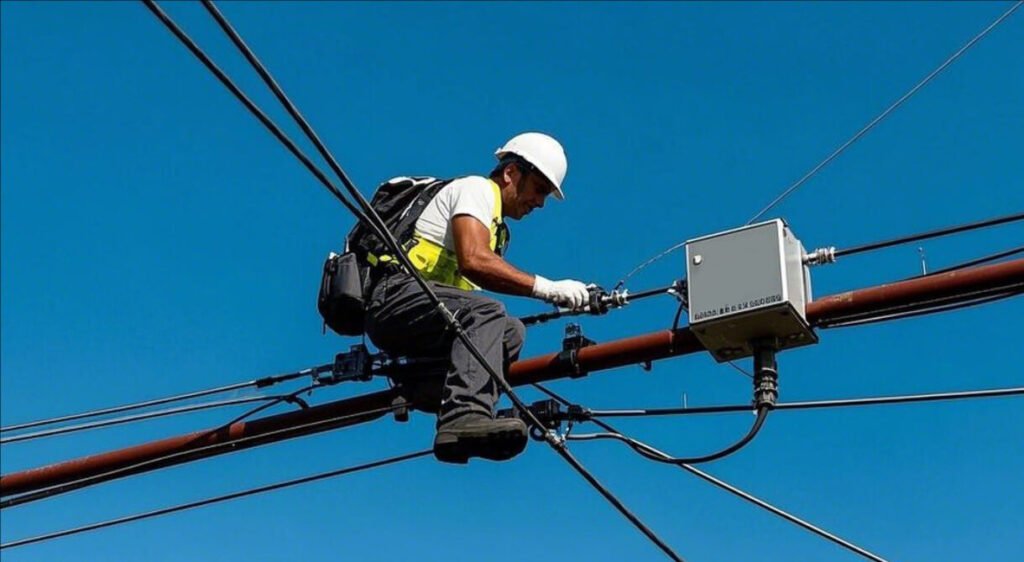
Step-by-Step Guidance for ADSS Installation
I want to provide a structured plan. Each step is vital. Let me share the key actions, plus best practices I learned from my own experiences at Abptel.
Site Survey and Planning
This is the foundation. I look at terrain, pole condition, and possible obstructions. I note tree branches, high-voltage lines, or severe weather patterns. Then I plan cable routes around them. I also confirm the required span lengths. I measure the distance between utility poles or towers. I consider tension levels.
| Survey Considerations | Details | Action Steps |
|---|---|---|
| Terrain | Hills, valleys, uneven ground | Plan for sag. Adjust tension and clamp design. |
| Obstructions | Trees, buildings, roads | Evaluate overhead clearance. Reroute if needed. |
| Pole Condition | Wooden, concrete, steel | Inspect health. Replace if rotted. |
I conduct a thorough review of local regulations, especially if crossing roads. I plan offset distances for safety. This table helps me check each item without missing important details.
Hardware Selection
I then pick the right hardware. ADSS fiber cables do not need metallic messengers. Instead, they rely on aramid yarn for strength. Yet, I need correct suspension clamps, tension clamps, and brackets.
| Hardware Type | Function | Notes |
|---|---|---|
| Suspension Clamps | Support cable along the route | Choose clamps to handle wind load and sag. |
| Tension Clamps | Maintain tautness across long spans | Verify strength rating matches cable specs. |
| Thimble or Cable Guides | Protect fiber from abrasion | Avoid steel edges with direct friction. |
I always check that each piece meets local load requirements. I also see if it can handle local weather extremes. In some locations, ice and wind loads can be tough. I confirm the hardware’s reliability to avoid cable damage.
Cable Preparation and Pulling
I unravel the ADSS cable from reels. I ensure tension is controlled, so I do not damage internal fibers. I watch the bend radius. If I bend cables too tightly, it can cause micro-bends. So, I place rollers at corners. This step is about slow, steady handling.
| Actions | Tips |
|---|---|
| Pulling Tension | Use a tension meter2. Don’t exceed rating. |
| Bend Radius | Use corner rollers. Respect min radius. |
| Cable Identification | Label each reel. Track fiber count. |
When pulling the cable, I keep a close eye on tension via the meter. Once I fix the cable in place, I secure it with clamps. I also run buffer tube tests to confirm no internal kinks.
Sag and Tension Management
Next, I measure sag between poles. ADSS cables rely on precise tension for optimum sag. If tension is too high, it stresses the cable. If it is too low, the cable sags dangerously. A tension chart3 helps, showing recommended values for each span length.
| Span Length (m) | Tension (kg) | Estimated Sag (cm) |
|---|---|---|
| 50 | 300 | 10 |
| 100 | 400 | 20 |
| 150 | 450 | 30 |
I always refer to the cable manufacturer’s manual. I see if the tension meets the guidelines for wind loads, temperatures, or ice loading. Sometimes, I must adjust tension post-installation if local conditions shift.
Connection Points and Sealing
Finally, I terminate the cables. I use fiber patch panels or specialized enclosures. I ensure water-tight seals at entry points. ADSS cables, often used outdoors, can face moisture infiltration. So, I always include cable glands or sealing kits. This preserves cable performance and extends service life.
Additional Tips I Learned
- Always measure cable attenuation before and after installation.
- Inspect hardware tightness once or twice a year.
- Label each cable route with ID tags.
- Use protective gear, including gloves and harnesses, for overhead installations.
All these small details helped me avoid rework in my early days. I discovered that frontloading the planning stage reduces the chance of problems later.
Common Challenges in Installing ADSS Cables and Solutions?
Installation can be tricky, even with clear steps. ADSS cables face weather extremes, electromagnetic fields, and mechanical stress. I have seen managers panic when cables droop or rub against metal towers. But there are proven solutions to overcome these challenges. Let me walk you through them.
ADSS cable installations often encounter high-voltage interference, cable galloping from strong winds, or rodent damage in rural areas. Engineers can mitigate these by choosing a track-resistant4 sheath, installing dampers, and using rodent-resistant5 jackets. Timely inspections and correct hardware selection help ensure stable, low-maintenance operation.
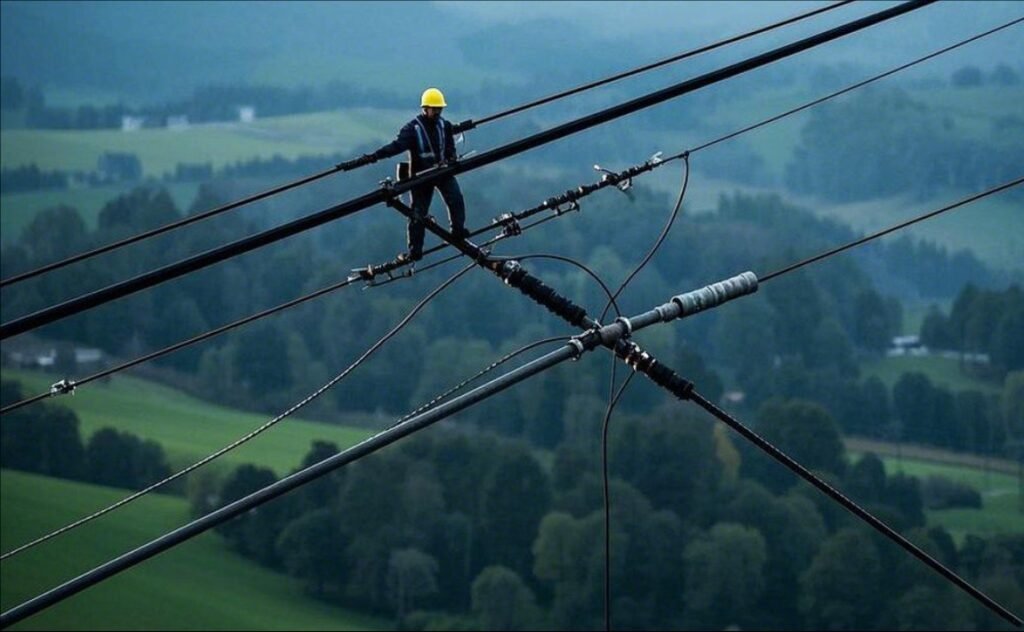
Overcoming Common ADSS Obstacles
High-Voltage Line Interference
I know some managers worry about partial discharge6 or corona issues when ADSS cables run near high-voltage lines. If you are in a place like the United States or Europe, you might face stricter clearance rules. In my experience, I use track-resistant outer jackets. These jackets minimize the chance of electrical discharge tracking across cable surfaces.
| Issue | Cause | Solution |
|---|---|---|
| Corona Discharge | High-voltage environment | Use track-resistant sheath |
| Flashover or Arcing | Insufficient clearance | Increase pole separation, revise layout |
| Jacket Degradation | Prolonged field exposure | Inspect jackets regularly, replace if worn |
I also limit cable exposure to fields by adjusting the route. If needed, I use shorter spans or move to a different set of poles. Regular inspection helps catch early signs of jacket burn or color changes.
Cable Galloping and Wind-Induced Vibration
Strong winds cause cable galloping7, leading to excessive motion. That can loosen clamps or even fracture fibers. To tackle this, I install dampers or spiral dampers along spans. These reduce vibration. I also pick hardware with anti-vibration features. I learned that ignoring galloping can be costly. A friend once told me about a damaged cable that caused major downtime for a local ISP in Brazil.
| Preventive Measures | Expected Outcome |
|---|---|
| Vibration Dampers | Reduced amplitude of cable motion |
| Spiral Dampers | Stabilized cable in gusty areas |
| Proper Tensioning | Less chance of excessive movement |
I check for wind data in each region. For instance, near coastal areas, storms come with swirling gusts. Dampers are essential there. I prefer to test on smaller test spans before finalizing a large route.
Rodent and Pest Attacks
Rural zones can have rodents that chew cable jackets. ADSS cables, with aramid strength members, are not always rodent-proof. Some outer jackets feature rodent-resistant materials. If your environment is prone to pests, ask your supplier for rodent-resistant or dual-jacket cables. I have seen a project in Africa use thick protective sheathing and metal tape, but that was for a custom cable design.
| Pest Problem | Potential Damage | Possible Solutions |
|---|---|---|
| Rodents (mice) | Chewing on outer jackets, microbends | Rodent-resistant jackets, ex: Double-layer sheath |
| Birds (pecking) | Surface damage, water ingress | Scare devices, reflective tapes near cable routes |
| Insects (ants) | Rare but possible infiltration | Sealed closures, blocked cable access points |
I also advise building a schedule for site inspections, especially in farmland or forested areas. That helps detect small bites or jacket breaches quickly.
Communication Overloads and Maintenance Delays
Sometimes, there are internal challenges. A telecom manager might not have the workforce or tools on time. That leads to rushed installation or neglected maintenance. Planning a maintenance calendar helps. I learned to mark major tasks, like tension checks and cleaning intervals, on a shared schedule.
- Use a maintenance management tool or even a spreadsheet.
- Assign tasks to specific team members.
- Communicate progress after each site visit.
In my personal case, I sometimes forget to record small changes, like a replaced bracket or an adjusted clamp. That leads to confusion later. Proper documentation prevents that. Each project’s clarity improves the final system reliability.
Current Status and Future Prospects of ADSS Cable Installation in India?
India is a booming market for fiber networks. I see large expansions in rural broadband, 5G backhaul, and data center connectivity. ADSS cables play a key role by cutting costs for overhead deployments. Yet, there are unique environmental and policy factors in India. Let’s discuss them and see the future.
India’s ADSS deployment is rising. Government programs push fiber into remote regions. Telecoms use ADSS for overhead lines to skip expensive trenching. Growth is steady, but challenges include monsoon rains, local regulations, and supply chain issues. Analysts see strong potential, pointing to a surge in advanced cable usage.
India’s ADSS Landscape and Forecast
Key Drivers of ADSS Adoption in India
- Rural Broadband Projects: The government invests in connecting villages. Aerial cables save time by skipping trenching.
- 5G Rollouts: Urban areas need dense fiber grids. ADSS cables can be installed on existing poles or tower lines.
- Lower Infrastructure Costs: Overhead lines reduce civil work. This is crucial in regions with challenging terrain.
These factors push local ISPs and major telcos to embrace ADSS.
Environmental and Weather Conditions
India has diverse climates. In the north, there are cooler mountainous zones. In the south, heavy monsoons. This range tests ADSS cable resilience. Engineers must check wind load, sudden rains, and high humidity.
| Region | Climate Challenge | ADSS Consideration |
|---|---|---|
| Northern States | Cold winters, snow | Low-temperature rated cables, icing checks |
| Coastal Regions | Heavy monsoons, storms | Dampers for wind, track-resistant jackets |
| Central Plains | High heat, dust storms | Heat-resistant sheaths, routine cleaning |
When I speak to Indian clients, they always mention monsoons as a key factor. They want cables with high hydrolysis resistance. They also ask about immediate repairs if a storm hits. So, routine checks are even more crucial.
Regulatory and Policy Framework
The Indian government launched BharatNet to drive rural connectivity. This program partly funds overhead deployments. There might be local rules requiring clearance from power utilities. Usually, I see a synergy between power & telecom lines8. Poles can host both. That synergy helps ADSS. However, there can be red tape in some states. Navigating approvals is easier if you partner with local contractors.
From my experiences working with Indian customers, they often need custom cable lengths because each project has unique route distances. They also want local language instructions for the installation teams. This approach fosters a smooth rollout.
Future Outlook and Technologies
Analysts predict a steady rise in aerial fiber lines. This might lead to advanced ADSS designs, such as smaller diameter cables with high fiber counts. Also, more telecom players in India want to integrate power and data over the same lines. Innovations in ADSS design will keep surfacing.
| Future Trend | Rationale |
|---|---|
| High-Fiber-Count ADSS | Demand for more capacity in the same cable bundle |
| Smart Poles with Combined Networks | Power, data, and lighting integrated on one pole |
| Enhanced Jacket Materials | Combat harsh monsoons and high pollution |
I see these trends in the queries I receive at Candy@abptel.com. Clients want robust solutions. They also look for references from prior installs in Africa or Brazil. They compare conditions to their own states.
Some h2s with it’s relevant content.
(Note: This section expands on related ADSS topics that might interest you.)
Differences Between ADSS and OPGW
Many folks ask me: Why pick ADSS over OPGW (Optical Ground Wire)? OPGW is part of the overhead ground wire on high-voltage lines. It is a metallic cable that provides grounding. ADSS stands alone, requiring no conductive support. ADSS often wins for lower to medium voltage lines or in areas where installing a metallic cable is risky or costly.
| Feature | ADSS | OPGW |
|---|---|---|
| Conductivity | Non-metallic | Metallic, used as ground wire |
| Installation Cost | Often lower, simpler hardware | Higher, complex hardware integration |
| Voltage Range | Up to EHV lines with track-resistant | Usually used on high-voltage lines |
| Maintenance | Easier, less risk of outages | May require line outages for repairs |
I recall a project manager, Fernando from Amper Group in Spain, who wanted OPGW for a high-voltage line. But they realized ADSS was simpler due to local installation constraints. They eventually chose a track-resistant ADSS that met their reliability standards.
Importance of Proper Training for Installation Crews
Installation skill is a big factor in cable performance. Even the best ADSS cable can fail if the crew is not properly trained. I suggest staff attend vendor training. I also encourage on-site demos and mock installations. Record each step. Then review for mistakes. That saves time later.
Stories from My Personal Experience
I remember working with a new African client, Suzyo from Roctech Engineering Ltd in Zambia. They needed ADSS for a rural telecom expansion. The local crew had never worked with ADSS. They had limited gear. I had to coach them through tension settings and clamp fittings by video calls. After a few test spans, they became confident. The cables performed well. Now, they trust ADSS for new expansions.
Conclusion
ADSS fiber cables keep gaining traction worldwide. They offer strong overhead connectivity without metallic messengers. They handle diverse climates, from coastal storms in Brazil to monsoon floods in India. Still, success depends on proper planning, tension management, hardware selection, and routine maintenance. In my own journey at Bright Power Co., Ltd, I have seen how small steps lead to big gains. Careful surveys, appropriate clamp use, track-resistant jackets, and timely inspections all make a difference. Many telecom professionals, from the United States to Africa, trust these methods. They see how ADSS cables cut costs, reduce downtime, and simplify network expansions. I hope my experience helps you build a strong, long-lasting ADSS network. If you have more questions, feel free to reach me, Candy, at Candy@abptel.com or visit www.abptel.com. I value your success and welcome our next project together.
-
This resource clarifies standard guidelines for overhead line deployments, ensuring safe installation. ↩
-
This resource explains how to measure pulling tension without damaging fibers. ↩
-
This resource teaches you to use tension charts effectively for proper sag control. ↩
-
This resource shows how track-resistant sheaths protect cables in high-voltage environments. ↩
-
This resource offers tips on preventing rodent damage in rural fiber deployments. ↩
-
This resource details how to reduce corona or flashover risk. ↩
-
This resource helps you explore anti-vibration techniques for overhead cables. ↩
-
This resource outlines how power poles can also support telecom cables. ↩

